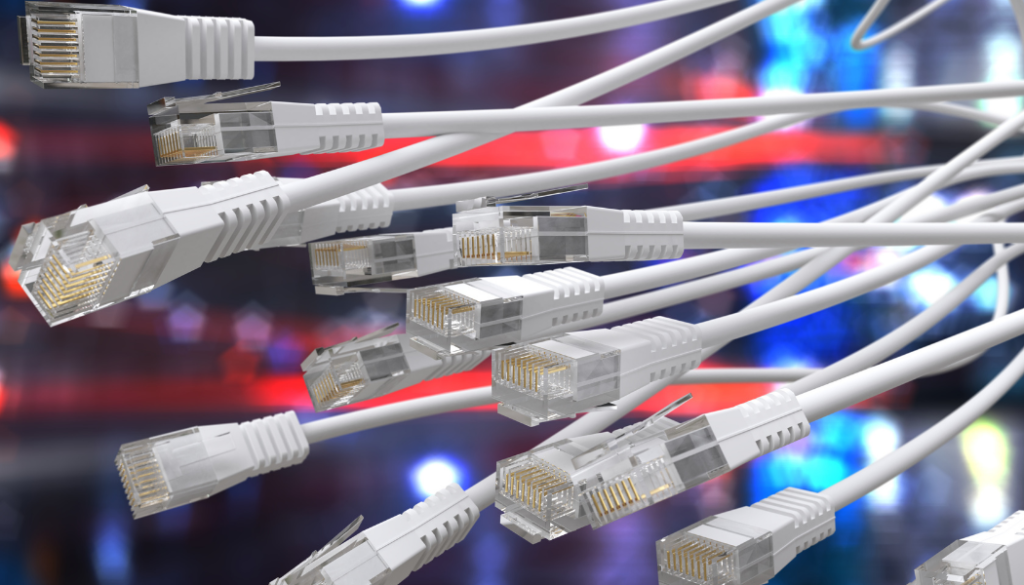Hey there! Are you worried about your online privacy and security? Well, you’re in luck because we’re diving deep into a topic that could make a significant difference in your VPN protection game—disabling IPv6. Stick with us as we explore what IPv6 is, why it matters for your VPN security, and how you can disable it for better protection. Let’s get started!

Understanding IPv6
So, what exactly is this IPv6 everyone’s talking about? IPv6 stands for Internet Protocol Version 6, and it’s essentially the next-generation internet protocol designed to replace IPv4, the current standard. But why do we need a new protocol? Well, as more and more devices connect to the internet, the pool of available IPv4 addresses is rapidly depleting. IPv6 steps in to save the day by offering a vastly expanded address space, accommodating the ever-growing number of internet-connected devices.
The Distinction from IPv4
Let’s break it down further. IPv4 addresses are 32 bits long, allowing for around 4.3 billion unique addresses. In contrast, IPv6 addresses are a whopping 128 bits long, providing an astronomical number of unique addresses—3.4×10^38 to be exact! That’s a mind-boggling number of IPs, enough to cover every inch of the digital universe and then some.
Why IPv6 Matters for VPN Protection
Now, you might be wondering, why should I care about the new protocol when using a VPN? Well, here’s the deal: most VPNs, including ForestVPN, operate over IPv4. However, if your network supports IPv6 and it’s not properly configured, your traffic could potentially leak outside the VPN tunnel, exposing your online activities to prying eyes.
Is Your IPv6 Traffic Leaking?
To find out if your network is leaking traffic, head over to ip6.nl and check your connection status. If it indicates “No IPv6 connectivity,” you’re in the clear—your traffic isn’t leaking. But if the protocol is supported on your network, it’s essential to take action to safeguard your privacy.
Disabling IPv6 for Enhanced VPN Protection
If you’re using ForestVPN or any other VPN service and want to disable IPv6 to prevent potential leaks, we’ve got you covered. Here’s how to do it:
Windows
- Open Control Panel.
- Go to Network and Sharing Center.
- Click on your active network connection.
- In the Ethernet Status window, click Properties.
- Uncheck the Internet Protocol Version 6 (TCP/IPv6) box.
- Hit OK to save your changes.
Mac
- Open System Preferences.
- Select Network.
- Choose your active network connection from the list.
- Click Advanced.
- Go to the TCP/IP tab.
- From the Configure IPv6 dropdown menu, select Off.
- Click OK to apply the changes.
Linux
- Open a terminal window.
- Type
sudo nano /etc/sysctl.confand press Enter. - Add the following lines at the end of the file:
net.ipv6.conf.all.disable_ipv6 = 1
net.ipv6.conf.default.disable_ipv6 = 1- Save the changes by pressing Ctrl + X, then Y, and finally Enter.
- Restart your network service or reboot your system for the changes to take effect.
Remember, if you’re using ForestVPN’s app, you may not need to disable it thanks to its built-in IPv6 Leak Protection feature.
OpenVPN pfSense wiki
To set up OpenVPN on pfSense, follow these steps:
- Install OpenVPN Package: Navigate to System > Package Manager > Available Packages and install the OpenVPN Client Export utility.
- Configure OpenVPN: Go to VPN > OpenVPN > Clients and click on the + icon to add a new client.
- Enter VPN Details: Fill in the necessary fields, including the server address, port, protocol, and other settings provided by ForestVPN.
- Export Configuration: Once configured, export the client configuration file.
- Import Configuration: Import the configuration file into your OpenVPN client, and you’re good to go!
For detailed instructions and troubleshooting tips, refer to ForestVPN’s official setup guide. With ForestVPN, you can enjoy seamless and secure VPN connectivity on your pfSense device.
Frequently Asked Questions
- Does ForestVPN support IPv6? ForestVPN primarily operates over IPv4 but may consider offering compatibility in the future.
- Is disabling IPv6 necessary for VPN users? While not always necessary, disabling this protocol can be a proactive measure to prevent potential leaks of your online activity.
- Can I enable IPv6 if I’m experiencing connectivity issues with ForestVPN? Enabling this protocol while using ForestVPN is generally not recommended, as it may lead to security vulnerabilities.
- Will disabling IPv6 affect my internet speed? Disabling this protocol should not significantly impact your internet speed, as most websites and services still primarily rely on IPv4.
- How can I verify if IPv6 is disabled on my device? You can verify the status by visiting ip6.nl and checking your connection status.


